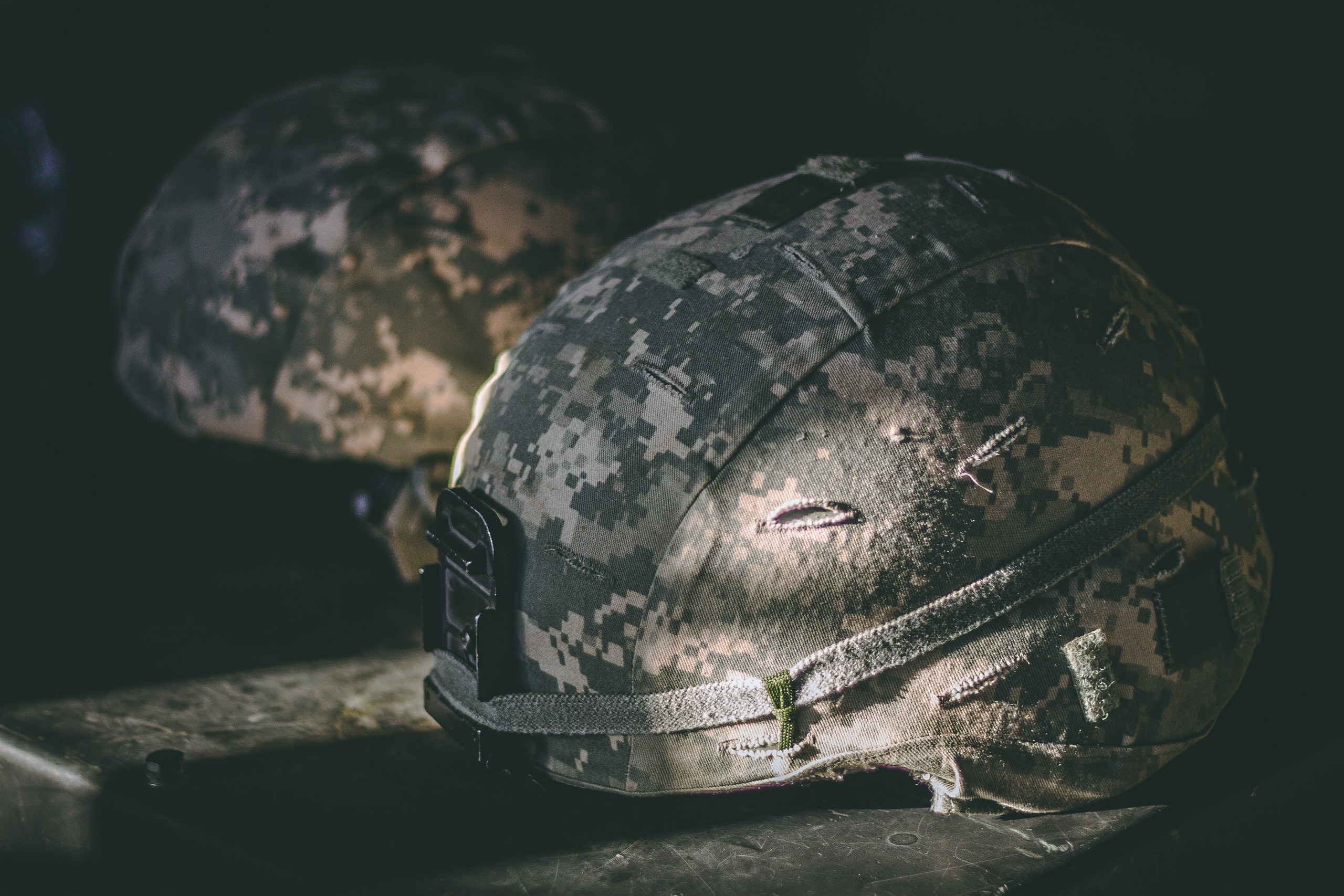Burn pits litigation is still far from concluding, but politicians, veterans, and nonprofits are currently doing their best to sort things out and ensure victims receive their rightful compensation.
The Veterans Administration Airborne Hazards and Burn Pit Registry assists veterans who become exposed to airborne hazards while deployed overseas.
The registry collects, studies, and publishes data about these environmental hazards. Veterans can also receive an evaluation of their potential exposure and can learn what to expect going forward. However, the initiative isn’t a part of the regular disability claims process. Instead, veterans can discuss their health risks with a competent healthcare provider knowledgeable about environmental hazards.
This unique service is available to veterans deployed in Southwest Asia theaters of military action on or after September 11, 2001.
The service is also available to veterans deployed in Afghanistan and Djibouti during the same time frame. The specific regions include the ground, bodies of water, and airspace of Afghanistan, Djibouti, Bahrain, Gulf of Oman, Gulf of Arden, Iraq, Saudi Arabia, Qatar, Kuwait, United Arab Emirates, and waters of the Red Sea, the Persian Gulf, and the Arabian Sea.
While you might have been exposed to environmental hazards in military actions in other locations, the registry data is limited to the areas mentioned. Even if you aren’t eligible for this study, you’re encouraged to talk to someone if you suspect service-related health issues. Also, we recommend you find out more about veterans’ disability law and the claims process.
Voluntary Veteran Participation
You can take part in this health initiative by getting a Premium DS Logon Level 2 account by visiting the DMDC website for Identity Management. If you have trouble logging on, you can alternately visit the FAQ page to troubleshoot your logon process. After getting your premium account, you should navigate to the registry website and log into your account. While there, you should fill out the online questionnaire. Be sure to save your work and print out a copy for your records.
You can take a copy of your completed questionnaire when seeing a medical provider or attending a registry examination. It’s wise to bring a copy of your questionnaire for Periodic Health Assessments and Post-Deployment Health Assessments.
History and Further Eligibility Details

The Veterans Administration established the Burn Pit Program in 2014 to answer health questions based on exposure to environmental toxins during deployment.
The specific deployments that are eligible for the service include:
- Desert Storm
- Desert Shield
- New Dawn
- Iraqi Freedom
- Enduring Freedom
All veterans of these military campaigns are encouraged to participate in increasing the available data for analysis. You can help your military brothers and sisters in the following circumstances. We encourage you to join even if:
- You don’t suspect that you were exposed to any airborne toxins.
- You’re still an active-duty member of the armed services or returned to active service.
- You have never filed a VA claim for compensation or disability benefits.
- You’re not experiencing symptoms of illness.
Even negative information proves invaluable when analyzing the overall data, and you can help your fellow veterans by taking part in this initiative.
Understanding the Risks of Military Actions
Open burn pits have been identified throughout Southwest Asia, and filling out the questionnaire can provide valuable identifying data for various airborne hazards. In addition, your participation can result in free treatment of various conditions and symptoms and expert healthcare advice from an expert on airborne toxins. Thus, joining the Airborne Hazards and Open Burn Pit Registry puts valuable information to work in identifying the health effects of airborne hazards.
Burn pits litigation is still far from concluding, but politicians, veterans, and nonprofits are currently doing their best to sort things out and ensure victims receive their rightful compensation.
The first step you can take is joining the registry. You contribute to the VA’s understanding of these issues and increase knowledge about the long-term effects of toxic exposure. Even if you never experience symptoms, that’s important information for plotting exposure points of contact.


Join the conversation!